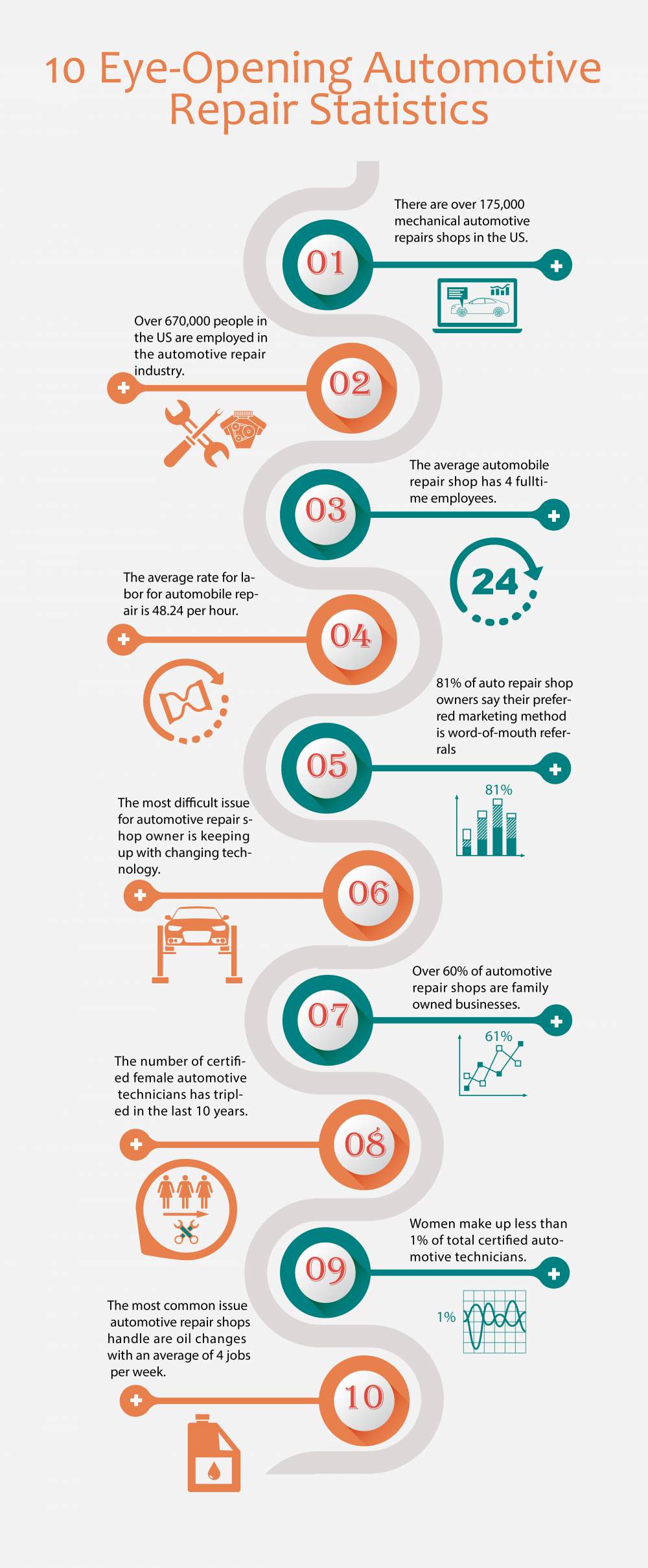A Comprehensive Guide To Brake Solutions: Identifying Common Problems And Their Solutions
A Comprehensive Guide To Brake Solutions: Identifying Common Problems And Their Solutions
Blog Article
Written By- https://air-lift-performance-kits40617.like-blogs.com/29814839/are-you-anxious-to-uncover-the-reality-behind-widespread-car-repair-misconceptions-discover-the-methods-that-could-be-squandering-your-time-and-funds-in-this-insightful-interview
When it concerns your lorry's brake system, comprehending typical concerns can conserve you from potential safety threats. From identifying brake pad wear to resolving brake fluid leakages, understanding exactly how to take on these issues is vital. However what concerning those spongy brake pedals? There's a repair for that too. Stay tuned for more information concerning these concerns and the useful remedies that can keep you securely on the road.
Brake Pad Wear and Replacement
When it pertains to keeping your vehicle's brake system, one vital aspect to keep an eye on is the wear and substitute of brake pads. Brake pads are crucial elements that push against the brake blades to decrease or stop your lorry. In time, these pads wear down as a result of friction, needing routine assessment and substitute to ensure your brakes operate efficiently.
To determine if your brake pads need replacement, pay attention for screeching or grinding noises when you use the brakes. Additionally, if your automobile takes longer to quit or you notice resonances or pulsations when braking, it might be time to replace the brake pads.
Overlooking used brake pads can result in decreased braking efficiency, damage to various other brake parts, or even brake failure.
Replacing brake pads is a fairly uncomplicated process for several vehicles. However, if you're uncertain or awkward doing this task, it's best to seek advice from an expert mechanic to ensure appropriate installation and ideal brake efficiency.
Routinely examining and replacing brake pads is crucial for your safety and security and the longevity of your car's braking system.
Brake Fluid Leaks and Maintenance
To guarantee your car's brake system operates optimally, it is essential to likewise take notice of brake liquid leaks and maintenance. brake repair shop is vital for sending the force from your foot on the brake pedal to the actual stopping device. https://abc11.com/supply-chain-car-parts-covid-nc-issues/11464120/ with brake liquid is leaks, which can occur as a result of shabby brake lines, seals, or links. If you see a pool or drips under your cars and truck, it's vital to address the leak quickly to prevent a possible brake failure.
Frequently examining your brake liquid degree is key to preserving your brake system. Reduced brake fluid can cause air entering the brake lines, which endangers stopping performance.
Furthermore, old or polluted brake liquid can impact the general performance of your brakes. It's suggested to comply with the supplier's guidelines on when to change the brake liquid, generally every 2 years.
Spongy Brake Pedal: Blood Loss Brakes
If you have actually ever before experienced a squishy brake pedal while driving, you comprehend the importance of maintaining a firm and responsive stopping system. One typical root cause of a mushy brake pedal is air caught in the brake lines. When air goes into the brake system, it can cause a loss of hydraulic pressure, leading to that unsettling spongy feeling when you push the brake pedal.
To solve this problem, hemorrhaging the brakes is essential. Bleeding the brakes entails eliminating the air from the brake lines to bring back proper hydraulic stress.
To hemorrhage the brakes, you'll require an assistant to assist you. Begin by locating the brake bleeder shutoff on each wheel, normally located near the brake caliper. With trailer brake repair , loosen up the valve and have your helper press the brake pedal while you observe any air bubbles appearing. Repeat this process for each wheel, starting from the wheel farthest from the master cylinder and relocating closer.
As soon as you no longer see air bubbles and just clear liquid emerges, tighten the valve and top up the brake liquid storage tank as required. Bleeding the brakes helps make sure a firm brake pedal and boosts overall stopping efficiency.
Conclusion
Now that you understand usual brake concerns and just how to repair them, you can ensure your car's safety and efficiency. Bear in mind to listen for indication like shrieking sounds or spongy brake pedals, and address them quickly. Routine upkeep and prompt substitutes are key to maintaining your brakes in leading problem. Remain proactive and alert to your brake system to delight in secure and reputable driving experiences.
